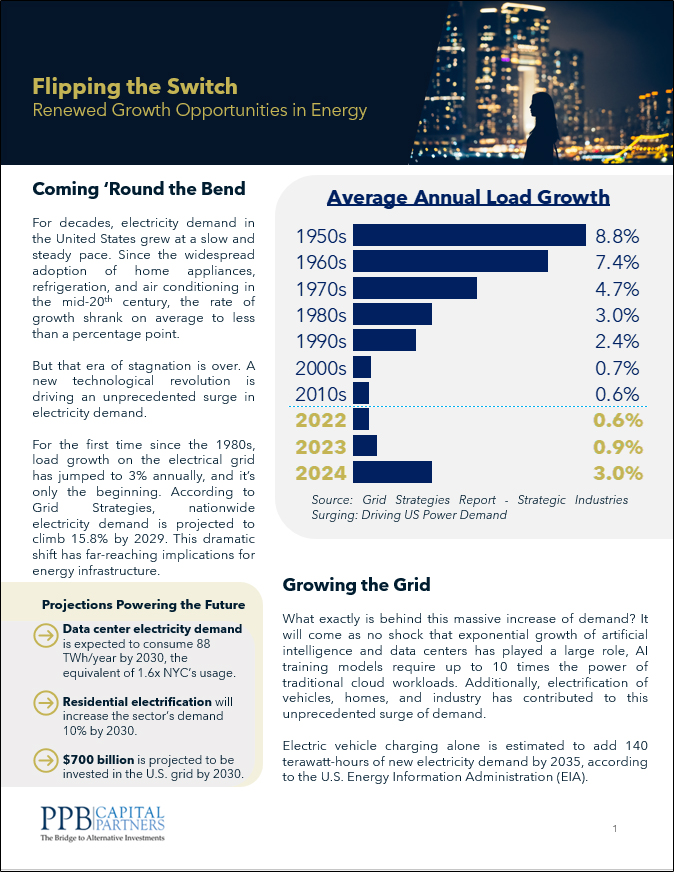
When the Bull Market Ends: Preparing Your Portfolio
June 28, 2017
For eight years, we’ve enjoyed a bull market, flexing its muscle and heading nowhere but up. How much longer can this continue?
All good things come to an end, and market cycles are no different. A typical bull cycle lasts four to five years, so a downturn or bubble burst is reasonably overdue. A simple Google search traces forecasts of a major correction back to 2015, but doomsday has yet to hit. Great for investors? Sure, we are all reaping solid returns. But the other shoe is poised to drop, suggesting balanced protection as a wise next step.
A Modern History of the Bull Market
The longest bull market lasted through the 1990s, all 10 years. The decade that saw grunge invade our closets, casual Fridays pierce the workplace, and hip-hop penetrate the mainstream, also saw stocks gain +417%, driven by the dot-com bubble that eventually and spectacularly burst.
The current bull market emerged from the ashes of the 2008 meltdown, and has hurtled forward, with a few blips for market corrections. Even the jitters surrounding the 2016 presidential election proved unfounded. During President Trump’s first 100 days, the S&P 500 rose +11.6%. The last time the stock market saw such a swell was back in the 1960s, after President Kennedy’s election.
Portfolio Protection: How – and How Soon?
But how do investment advisors protect client portfolios when the market inevitably softens? How do you prepare – without relinquishing gains prematurely? Just a year ago, industry experts like McKinsey were warning investors to prepare for a slowdown in stock returns – and even an outright reversal. If you followed this and got out at that time, your clients missed a year of gains, with the DOW rising over 3,400 points since June 2016.
For investments non-correlated with stock and bond cycles, the best recourse is to look to alternative investments. Alternatives – including hedge funds, funds of funds, real estate trusts, private equity funds, venture capital, and commodities – are more than an effective hedge against a downward turning market. They are a regular part of any long-term diversified portfolio strategy.
While not nearly as liquid as stocks and bonds, alternative investments provide returns that are uncorrelated to market swings and can offer strategic tax advantages. Until recently, it’s been challenging for individual investors to access high-quality alternative investments, while pension plans, endowments, foundations, and large family offices get to participate.
Now that’s changing. Feeder funds aggregate individual investors who participate at much lower entry levels than the typical $3M-$10M minimum.
As a wealth manager, it’s hard to sit on the sidelines knowing that a major correction or downturn is coming – and not actively explore low correlated and potentially higher-return institutional-quality investment options for your HNW clients’. To be of utmost value to your clients, you need to be planning ahead.
PPB Capital Partners specializes in working with wealth managers to structure, administer, and manage private funds. Once a wealth manager identifies a strategy, we function as the bridge to the asset manager – providing independent due diligence via our partner Castle Hall Alternatives, and managing all custodial platform integration and reporting.
The bull market will come to a close. No one can predict exactly when, but we can advise you to be prepared. Talk to us about offering alternative investment funds for your high net worth clients. You can also download our guide: “Starting Your Fund Checklist” to see how we can help you get started right away.



